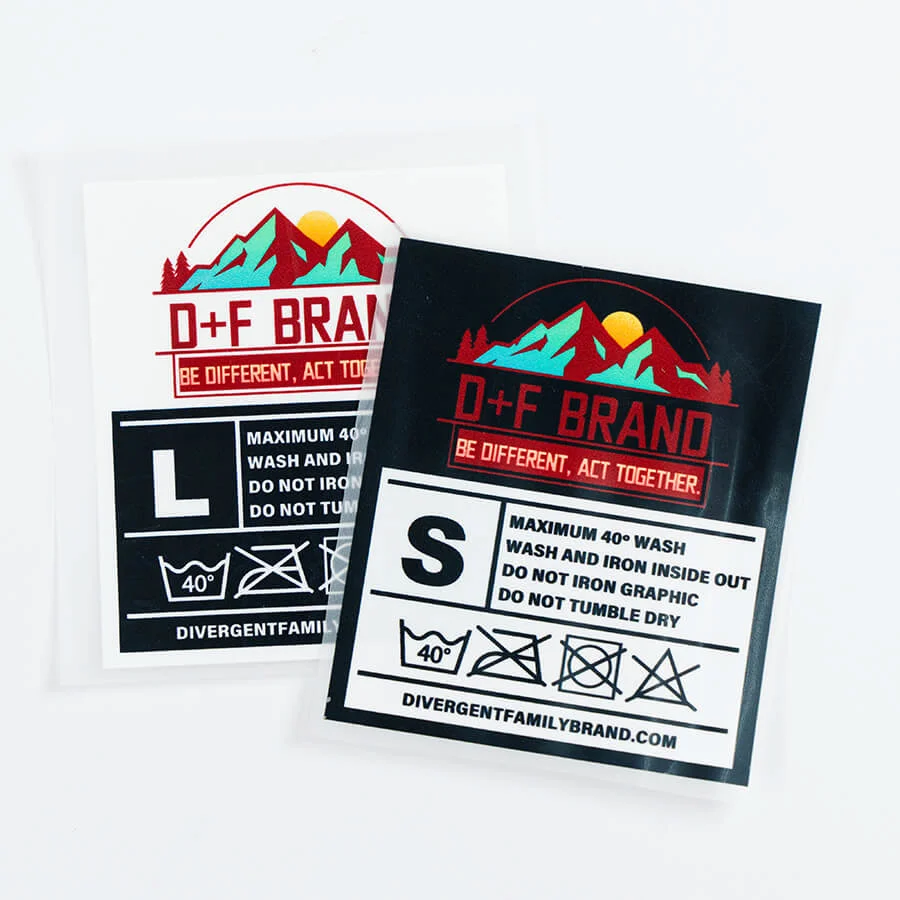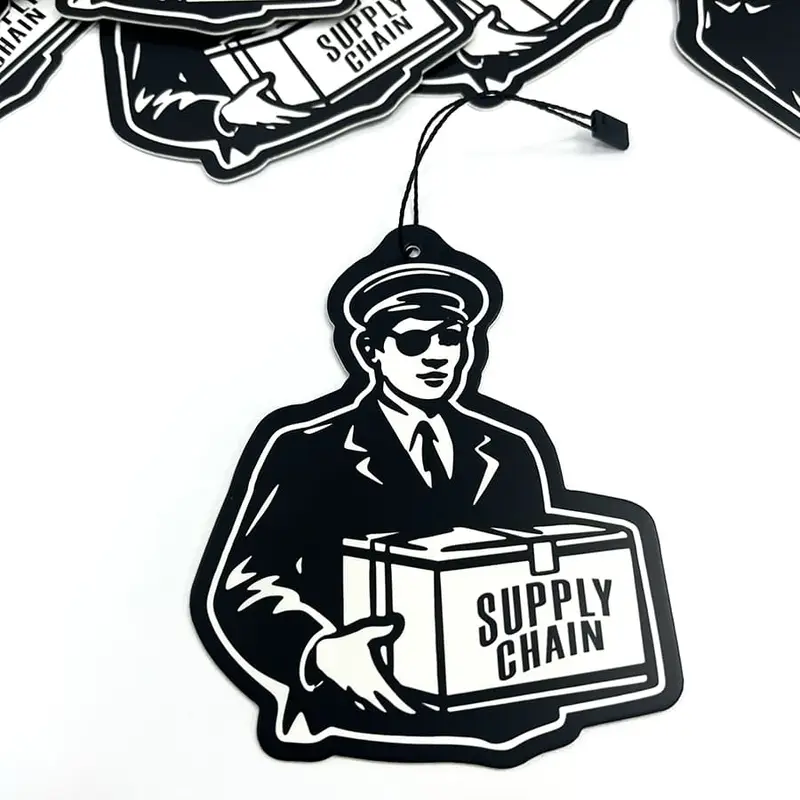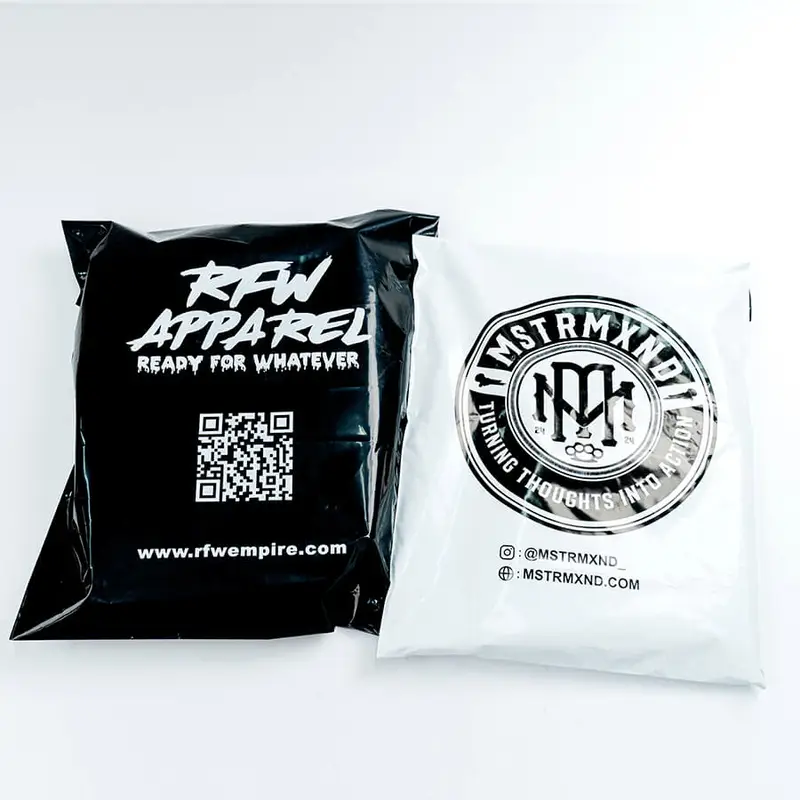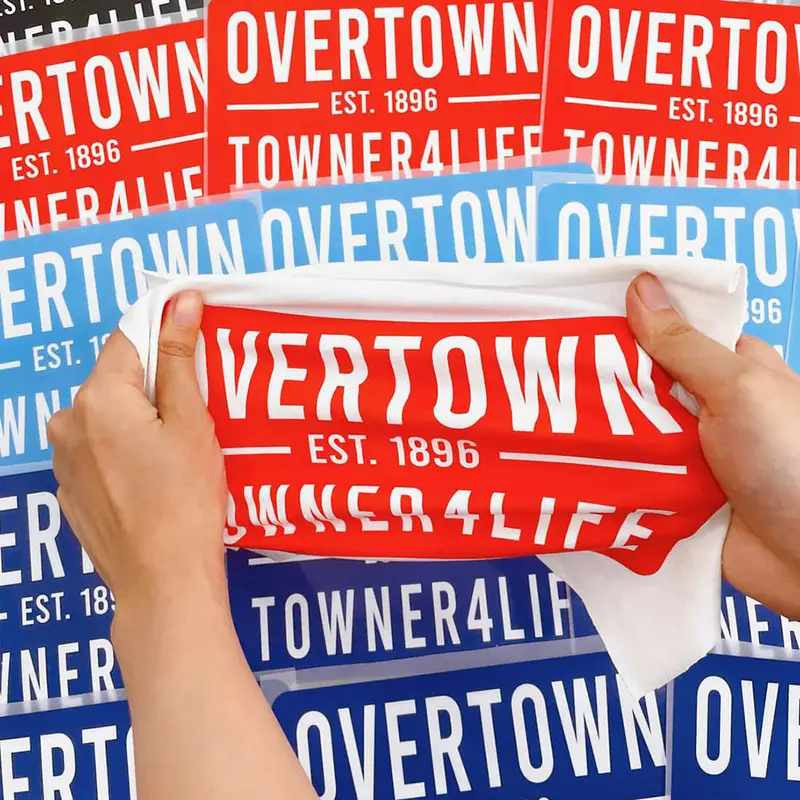OCP Patch Placement: Army Uniform Regulations and Guide
Navigating the intricacies of OCP patch placement can be challenging for Army personnel, especially new recruits. Proper patch placement is crucial for maintaining a professional military appearance and adhering to Army regulations, avoiding potential disciplinary actions. This comprehensive guide provides clear and concise instructions on OCP patch placement, offering detailed explanations of current regulations, practical tips for proper application, and answers to frequently asked questions. Whether you’re an active duty soldier, reservist, National Guard member, or a uniform inspector, this resource will equip you with the knowledge to ensure your uniform is compliant and reflects the high standards of the U.S. Army.
1. Understanding OCP patch placement regulations
1.1 Army regulation 670-1 overview
Army Regulation 670-1 (AR 670-1) serves as the definitive guide for all aspects of Army uniform wear and appearance. This comprehensive regulation establishes standardized guidelines for the wear, appearance, and placement of insignia, badges, and other uniform components, ensuring a consistent and professional military image across all ranks and branches.
Adherence to AR 670-1 is mandatory for all Army personnel, contributing to a cohesive and disciplined military force. Understanding and complying with these regulations, especially regarding the Operational Camouflage Pattern (OCP) uniform, is essential for maintaining proper military decorum and avoiding potential uniform violations. This regulation plays a crucial role in fostering unit cohesion, promoting professionalism, and upholding the traditions of the U.S. Army.
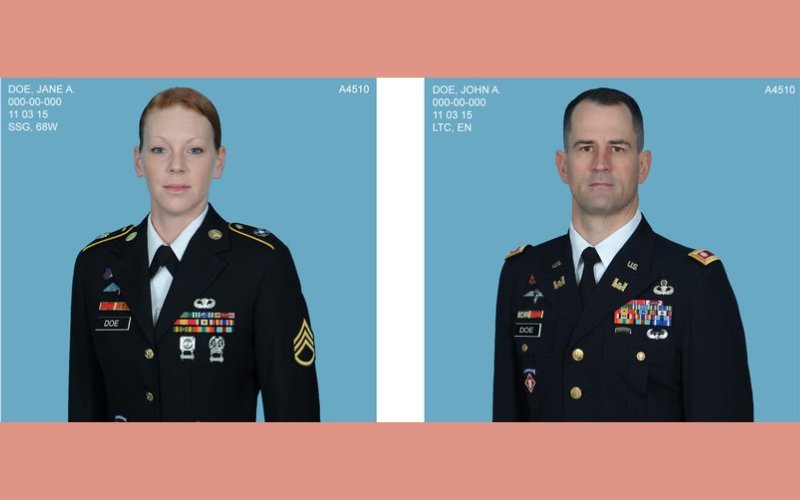
1.2 Authorized patches on the OCP uniform
The OCP uniform allows for specific authorized patches, each serving a distinct purpose in identifying the wearer and their affiliations. These include name tapes, displaying the soldier’s last name; rank insignia, designating their hierarchical position; U.S. flag patches, signifying national allegiance; unit patches, identifying their assigned unit; and skill badges, representing earned qualifications and proficiencies.
AR 670-1 provides detailed specifications regarding authorized sizes, colors, and designs for each patch, ensuring uniformity and adherence to established standards. For example, subdued or infrared (IR) versions of these patches are typically required for operational environments, while full-color versions might be authorized for garrison or specific ceremonial duties.
Understanding these distinctions and adhering to the prescribed regulations is essential for maintaining a compliant and professional OCP uniform.
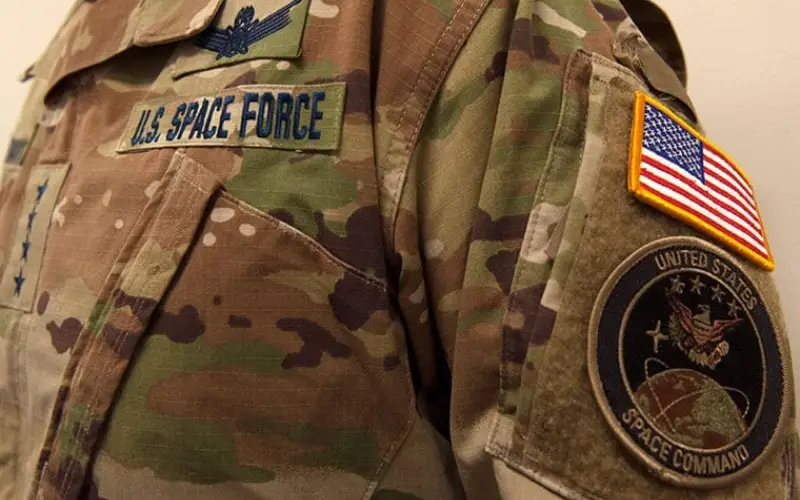
1.3 Placement guidelines for specific patches (with Visual Aids)
Visual aids significantly enhance understanding of OCP patch placement. The following sections provide precise placement instructions for each authorized patch type, accompanied by illustrative diagrams and measurements.
Name Tapes: Name tapes are placed on the chest of the OCP uniform, centered on the wearer’s right and left pockets. The top of the name tape should be 1/4 inch below the top seam of the pocket.
Rank Insignia: For enlisted personnel, rank insignia are worn centered on the upper sleeves of the OCP uniform. Officers wear rank insignia on the front of their OCP patrol caps or on the epaulets of their OCP service uniforms.
U.S. Flag Patch: The U.S. flag patch is worn on the right shoulder of the OCP uniform. The flag should be oriented with the union (stars) facing forward, symbolically representing the soldier moving forward into battle.
Unit Patches: Unit patches are worn on the left shoulder of the OCP uniform, directly opposite the U.S. flag patch.
These visual aids, combined with precise measurements, provide clear and accessible guidance for ensuring correct patch placement on the OCP uniform. Always refer to AR 670-1 for the most up-to-date and detailed instructions.
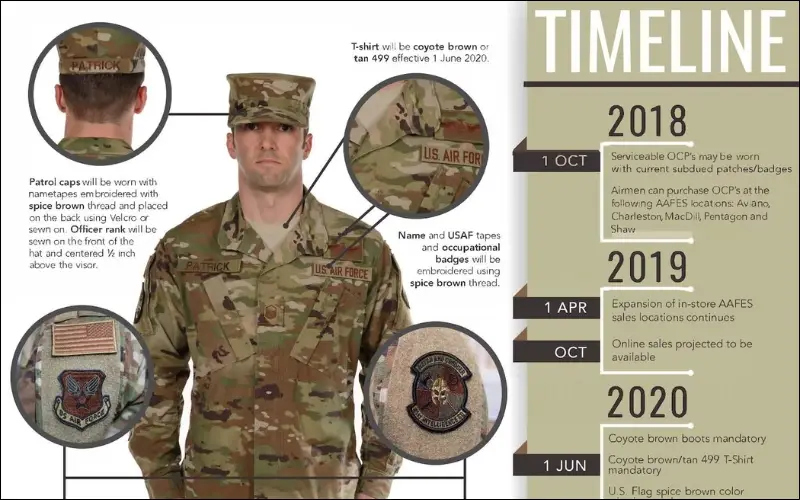
2. Tips for proper OCP patch application
2.1 Sewing vs. Hook and Loop (Velcro)
Proper OCP patch application ensures a professional appearance and adherence to regulations. Two primary attachment methods exist: sewing and hook and loop (commonly referred to as Velcro). Sewing offers a permanent and highly secure attachment, ideal for patches intended for long-term wear, such as name tapes and unit patches.
However, sewing can be more time-consuming and requires some skill. Hook and loop fasteners provide a convenient and easily adjustable alternative, facilitating quick changes or removal of patches like skill badges or identification tags.
While hook and loop offers convenience, it might be less durable than sewing over time, especially with frequent removal and reattachment. The choice between sewing and hook and loop depends on the specific patch type and the desired level of permanence and security.
For frequently changed patches, hook and loop is often preferred, while sewing offers greater durability and a more secure, professional finish for permanently affixed insignia.
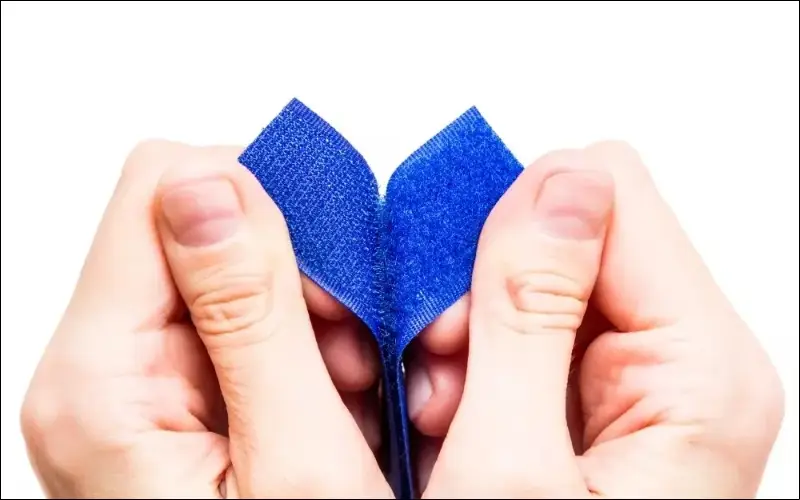
2.2 Choosing compliant patches
Selecting compliant patches is crucial for maintaining a proper OCP uniform. AR 670-1 provides detailed specifications regarding authorized patch sizes, colors, materials, and infrared (IR) reflectance properties. Ensure your patches meet these requirements to avoid uniform violations.
The new thread colors approved for Air Force OCP unit patches are spice brown, Bagby green, olive drab, and black, demonstrating the branch-specific nuances in color regulations. Pay close attention to IR reflectance requirements for U.S. flag patches, as these are essential for operational settings.
Procuring patches from authorized vendors or military supply stores helps ensure compliance and quality. Always verify patch specifications against AR 670-1 before attaching them to your uniform to maintain a professional appearance and adhere to regulatory standards. Choosing compliant patches reflects attention to detail and upholds the professional image of the U.S. Army.

3. Common mistakes to avoid
3.1 Incorrect placement
Incorrect patch placement can lead to uniform violations and potential disciplinary actions. Common mistakes include misplaced name tapes, improperly oriented U.S. flag patches, or unit patches affixed on the wrong shoulder.
These seemingly minor infractions can detract from a professional military appearance and demonstrate a lack of attention to detail. Consequences for incorrect patch placement can range from verbal corrections to more formal disciplinary actions, depending on the severity and frequency of the violation.
Understanding and adhering to AR 670-1 regulations regarding patch placement is essential for maintaining a compliant uniform and upholding the standards of the U.S. Army. Regularly inspecting your uniform and seeking clarification when needed helps avoid these errors and maintain a professional image.
Unauthorized patches, including any insignia, badges, or emblems not explicitly authorized by AR 670-1, are strictly prohibited on the OCP uniform. These unauthorized additions detract from the uniformity and professionalism of the military appearance and can convey unintended messages or affiliations.
Examples of unauthorized patches include morale patches with inappropriate slogans or imagery, non-regulation unit insignia, or commercially produced patches not approved for military wear. Adhering to uniform regulations is essential for maintaining a cohesive and disciplined force, and wearing unauthorized patches undermines these standards.
While morale patches might be permissible in certain non-duty or off-duty contexts, they are generally prohibited on the OCP uniform unless specifically authorized by command. Always consult AR 670-1 and seek clarification from chain of command regarding any questionable patches to ensure compliance and avoid potential uniform violations.
4. FAQs about OCP patch placement
4.1 Where can I find the most up-to-date OCP uniform regulations?
For the most up-to-date OCP uniform regulations and the complete text of AR 670-1, refer to the official Army Publishing Directorate website: https://armypubs.army.mil/default.aspx . This website provides access to current Army regulations, publications, and pamphlets, ensuring you have the most accurate and reliable information regarding uniform standards and guidelines.
Staying informed about any updates or changes to regulations is crucial for maintaining a compliant uniform. Consulting this official resource is the best way to ensure you are adhering to the latest directives.
4.2 What are the size requirements for name tapes and rank insignia?
AR 670-1 specifies precise dimensions for name tapes and rank insignia on the OCP uniform. Name tapes should be 1 inch in height and a length appropriate to fit the soldier’s last name, with a maximum length typically not exceeding 5 inches. Rank insignia dimensions vary depending on the specific rank and whether the insignia is for wear on the sleeve, patrol cap, or service uniform epaulets.
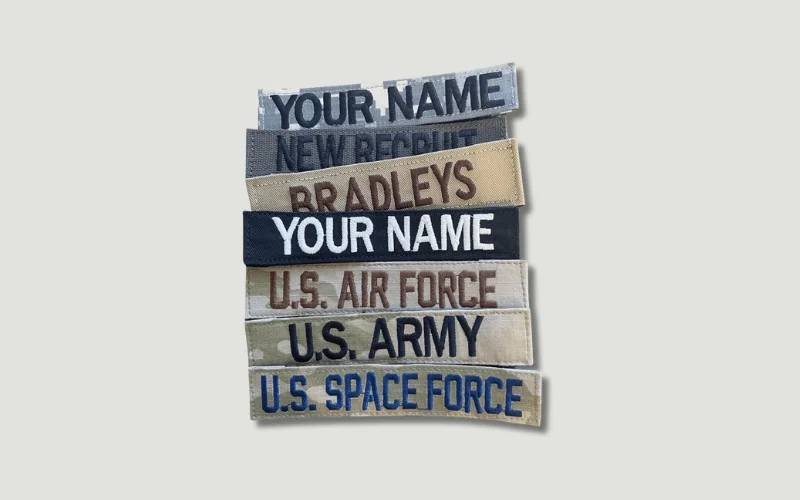
4.3 Can I wear a morale patch on my OCP uniform?
Morale patches are generally not authorized for wear on the OCP uniform while on duty. Specific units or commands may authorize morale patches for wear in certain non-duty or off-duty situations, but this is not a universal practice.
4.4 What type of thread should I use for sewing on patches?
When sewing patches onto your OCP uniform, using durable, color-matched thread is essential for a professional and long-lasting result. Polyester or nylon thread is recommended for its strength and resistance to fading and fraying.
Choose thread colors that closely match the patch’s border or background color for a seamless and discreet appearance. For OCP uniforms, common thread colors include spice brown, foliage green, or black, depending on the specific patch and its placement.
Using high-quality thread and matching colors ensures your patches remain securely attached and maintain a professional look throughout their lifespan. Avoid using cotton thread, as it is less durable and prone to fading and breaking.
Several reputable vendors specialize in providing authorized OCP patches that meet AR 670-1 regulation, such as: Marlow White, US Patriot Tactical,…
5. MyPackLove – Providing custom patches and more
My Pack Love offers high-quality, compliant products tailored to your specific needs. With extensive experience creating custom embroidered patches, woven patches, name tapes, and a wide range of military insignia, My Pack Love ensures your patches meet regulatory requirements while showcasing your unit pride or individual achievements.
Whether you need custom OCP patches, name tapes, or other specialized insignia, My Pack Love provides expert craftsmanship and attention to detail. Contact us for a free quote or browse our selection of OCP patches and other military insignia to find the perfect additions for your uniform. Let My Pack Love help you create distinctive and compliant patches that reflect professionalism and military pride.

Read more:
- Best poly mailers for Poshmark: Size, tips and where to buy
- Sublimate on Poly Mailers? Your Guide to Custom Packaging
- Ship Poly Mailers USPS: Size, Weight, Cost & Best Practices
Maintaining a professional military image requires meticulous attention to detail, and proper OCP patch placement is a crucial component of this standard. Understanding and adhering to AR 670-1 regulations ensures a consistent and professional appearance across the force. By following the guidelines outlined in this guide, utilizing visual aids, and choosing compliant patches, you can confidently maintain a correct and compliant OCP uniform. Remember to consult official resources for the most up-to-date information and contact MyPackLove for any custom patch needs. By prioritizing proper patch placement, you uphold the traditions and professionalism of the U.S. Army.


